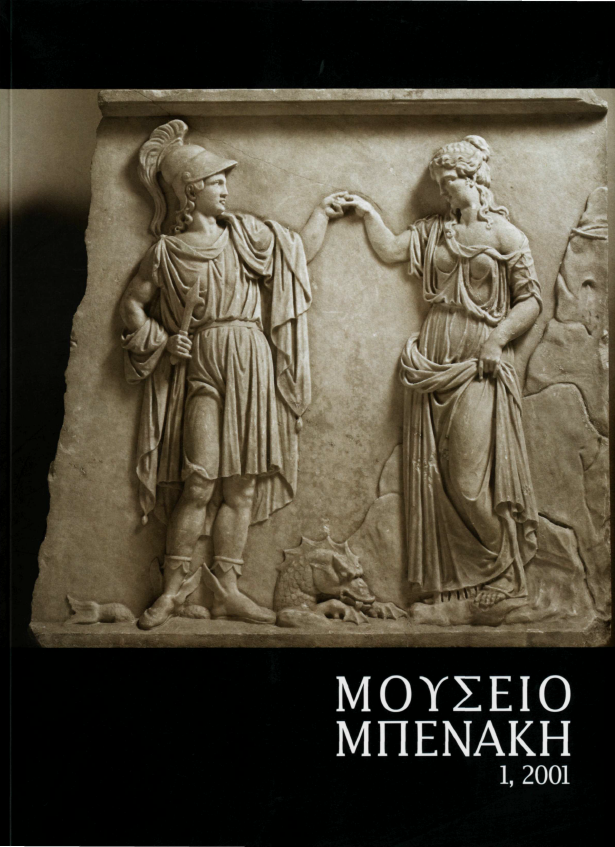Abstract
The authentication and identity verification of artwork is a multidimensional issue that typically needs time-consuming approaches and extended sampling. The goal of the present study was the development of an easily identifiable elemental tagging technique, which could be applied for the identification of archaeological artefacts, works of art and museum quality technologically authentic copies. The main body of the work was realised within the framework of a Research Program* which involved the collaboration of three different partners from the scientific, museum and commercial sector. The principle of the method is the incorporation of a combination of chemical ‘markers’ in the body or glazed decoration of the ceramic replicas during manufacture or in the materials applied during the conservation process of an artefact/artwork. The concentration and the relative abundance of the embedded elements, as well as the detailed integration procedure remain known only to the involved specialists, the manufacturers of the ancient ceramic replicas and/or the conservators. The marker is easily identifiable with the application of hand-held X-Ray fluorescence technique (XRF), a spectroscopic method used for non-destructive and fast elemental analysis. In cases of ancient ceramic replicas, the incorporation of the elemental ‘barcode’ is usually introduced in the black glaze of the ceramics, before the firing of the object, thus securing the irreversibility of the method. When applied on original works of art and specifically on metal objects and paintings, the elemental markers are introduced in the conservation materials used for restoration. These are typically varnishes, resins and acrylic paints. For such original objects, the reversibility of the method must be ensured, so as not to permanently modify the unique work of art. In either case the chemicals used are non toxic, and do not alter the optical and physicochemical properties of the tagged objects/artworks. The success of the marking techniques is always identified and confirmed with the implementation of the XRF analysis. Various applications of the elemental tagging technology have been realised and assessed during the timeframe of the Research Program. Modern authentically reproduced ceramic artefacts have been either sold as replicas in museum shops, or especially produced for public archaeological exhibitions in Greece and abroad. In the case of the original works, the method has been implemented up to now on a limited group of objects, which have been marked and stored under monitored conditions in order to evaluate the long term stability of the tagging element(s) or any effect on their physicochemical properties. For this purpose, a group of 19th-century egg-tempera icons, as well as silver revetments have been selected. This is an important step, before the proposed elemental tagging technique is further applied to a larger number of original artefacts and artworks. *General Secretariat for Research and Technology (GSRT) Research Program - Operational Program Attica Region, co-funded by EU / European Regional Development Fund / Embodied Elemental Tagging Technologies and non-destructive techniques for authentication and identity verification of archaeological artefacts, works of art and Museum quality technologically authentic copies (2006-2008).




